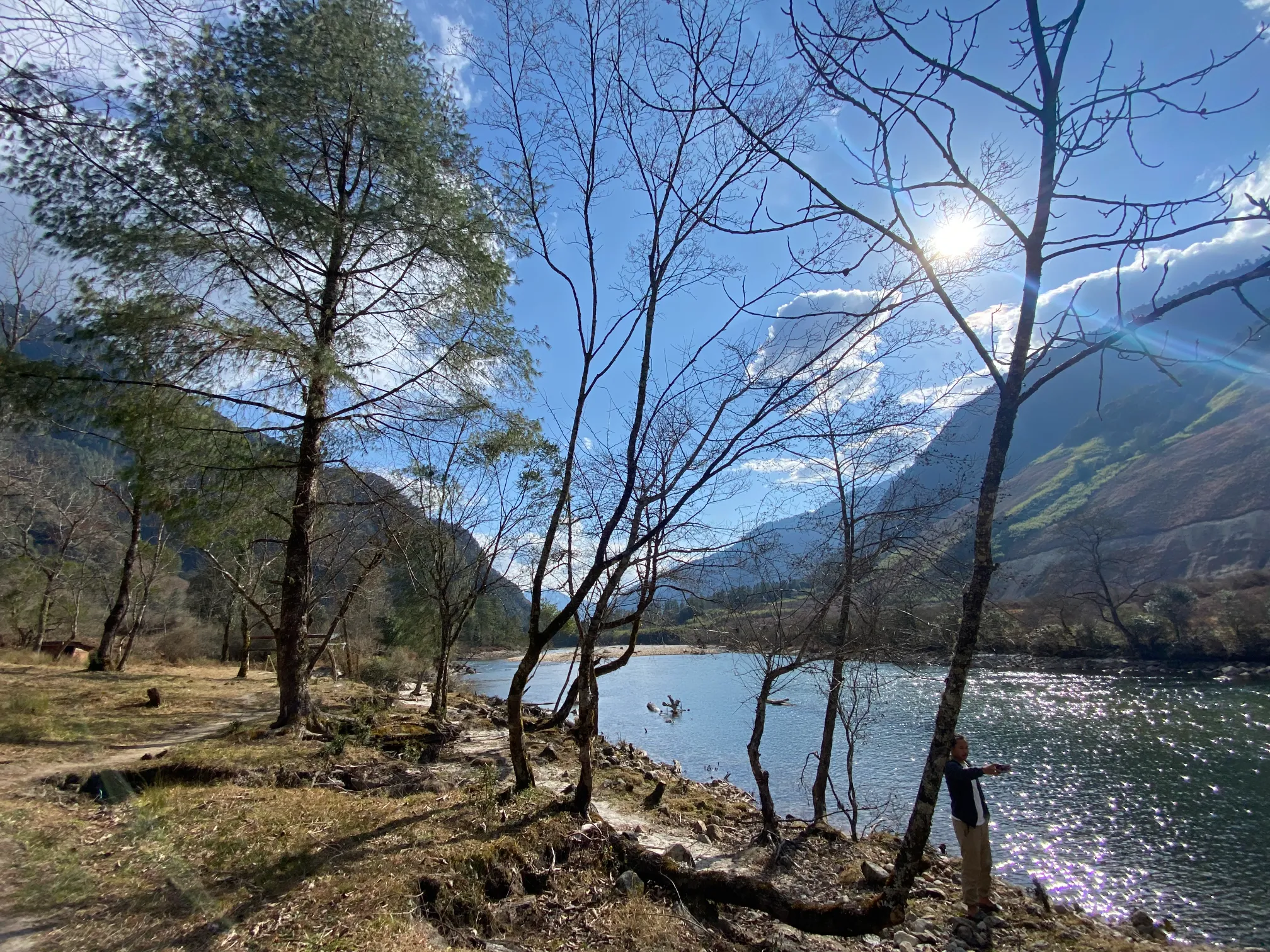Top 5 Tips to Prevent Acute Mountain Sickness & Know Ladakh Altitudes
Lorem Ipsum is simply dummy text of the printing and typesetting industry. Lorem Ipsum has been the industry’s standard
Ritu Goyal Harish
Understanding Ladakh’s Altitude
Acute mountain sickness (AMS) in Ladakh can affect even experienced travelers. Leh sits at an altitude of 3,500 m (11,483 ft), so understanding how your body adapts is crucial. Follow these tips to prevent acute mountain sickness Ladakh, learn the key altitudes, and ensure a comfortable, memorable adventure.
Before you arrive, note these elevations:
- Leh Altitude: 3,500 m (11,483 ft)
- Pangong Lake Altitude: 4,350 m (14,270 ft)
- Khardung La Pass Altitude: 5,602 m (18,379 ft)
Knowing these figures prepares you for the drop in oxygen and helps you plan gradual acclimatization. Planning a trip to Ladakh? Stop and read these tips before you visit one of the most beautiful places in India:
- Rest – not just a nap or two, but almost an entire day of complete, total rest, lying horizontal in bed while your body adjusts to being several thousand feet above sea level.
- Take it easy – avoid strain and heavy physical activities such as treks, climbs, or a very packed sightseeing schedule as soon as you arrive in Ladakh. The first day or two here should be spent in comfort, doing light activities such as a short walk, enjoying your hotel room and its surroundings, or a small jaunt into town.
- Stay away from booze – alcohol is detrimental to altitude acclimatization and prevents your body from adjusting to lower oxygen levels. It also increases symptoms of altitude sickness, and dehydration. So, say no to the bottle for the first 48 hours in Ladakh.
- Hydrate hydrate hydrate – there is no replacement for water, and what your body needs apart from plenty of rest at such elevation, is good old H2O. This should be standard practice not only at the beginning of your trip, but throughout your stay in Ladakh.
- Gradual ascent – plan your trip in such a way that you don’t start with the highest elevated destination, but make it a progressive climb. As you spend time seeing the sights at the lower levels, your body adjusts and gets ready for the higher altitudes to come.
Bonus tip: carry medication with you. In case these tips fail you for any reason, it is always smart to keep a stash of medication with you as a backup. You thus ensure you get to enjoy your trip to Lovely Ladakh.
Frequently Asked Questions
Q1. What are common symptoms of altitude sickness in Ladakh?
Symptoms include headache, nausea, fatigue, and shortness of breath. If these worsen after 24 hours of rest and hydration, seek medical help immediately.
Q2. How many days should I stay in Leh before visiting higher altitudes?
Aim for at least 2 nights in Leh (3,500 m) before venturing to Pangong Lake or Khardung La to allow proper acclimatization.
Q3. Is it safe to drive directly from Leh to Pangong Lake?
Though some tours do it in one day, it’s safer to spend a night at Tangtse (4,400 m) or stay by the lakeshore briefly, then head back to a lower altitude.
Q4. Do I need a permit to drive to Khardung La Pass?
Yes. Obtain an Inner Line Permit (ILP) online or in Leh; it’s mandatory for Nubra Valley, Pangong Lake, and Khardung La.
Author Details









